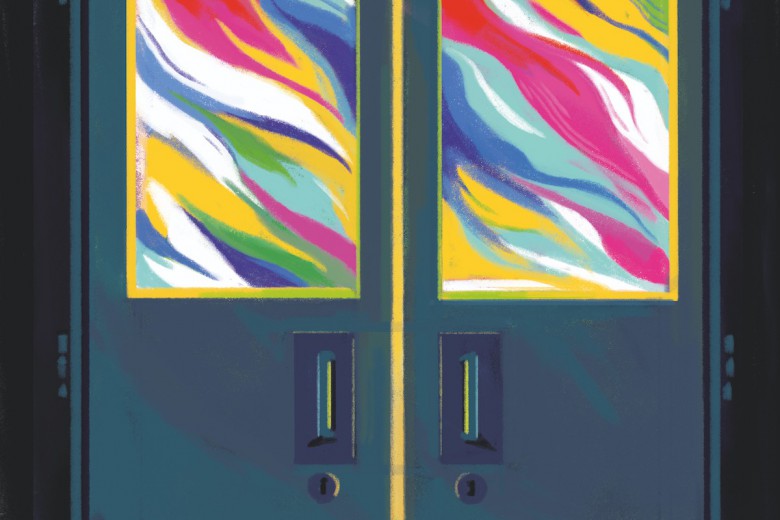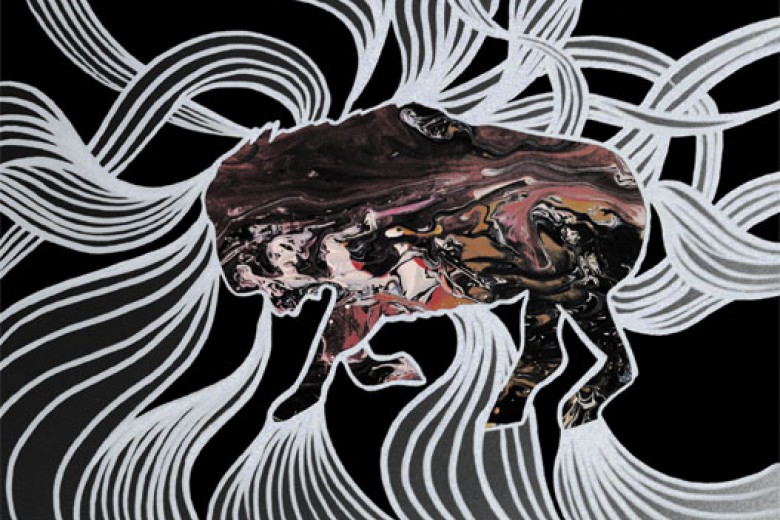What can you say about a 27-year-old woman who died?
I’ve added two years and substituted “woman” for the word “girl” from the original opening line of Erich Segal’s hit tearjerker, Love Story. It’s not 1970 and my fiercely feminist daughter would be deeply annoyed to be called a girl.
Segal’s heroine dies of cancer. We all know people who have died of cancer. Their obituaries often say that they fought a courageous battle, which has always struck me as unfair, as if they somehow did not have what it takes to win. When people receive a cancer diagnosis, there are statistics available to provide a pretty solid estimate as to how long they have to live. With any luck, they will have as many years as they would have otherwise. People understand what cancer is. They understand what it means to have an 80 per cent survival rate if caught early. Sometimes they are faced with the reality of an 80 per cent mortality rate within five years. It’s unjust, it’s upsetting, and treatment can be horrible. But the patients and their loved ones know what’s happening, and can make some choices accordingly. (“No, Preppie, we’re not going to Paris,” as Ali MacGraw says to Ryan O’Neal – or something to that effect – in the film version.)
My daughter Sophie didn’t have cancer. She had a somewhat nebulous and often bewildering tangled mess of serious mental illnesses. Firm numbers are hard to come by; as a layperson grasping for information, I’ve seen statistics that would put her risk of early death anywhere between three and 13 times higher than that of the average woman. The Centre for Addiction and Mental Health reports that mental illness and substance use disorders are among the leading causes of disability in Canada. It also notes on its website that “the disease burden of mental illness and substance use in Ontario is 1.5 times higher than all cancers put together.” In short, my daughter’s prognosis was not very good.
Sophie was first diagnosed with depression, anxiety and complex post-traumatic stress disorder (PTSD) in 2013, though she had shown some signs of illness as young as nine years old. She spent much of the first half of 2014 in the hospital, and more than four months of 2018 as well, with multiple emergency room visits and some short hospitalizations and outpatient treatments over the course of seven years.
I have caught myself answering, “No,” when someone asks, “Was she sick?”
Sophie succumbed to illness on March 4, 2020. That is the day she died of fentanyl poisoning. Did Sophie die suddenly? Yes. Did she die after a lengthy illness? Yes.
I have caught myself answering, “No,” when someone asks, “Was she sick?” because I assume that they assume that only a fatal physical disease could end the life of someone under 30. If Sophie’s diagnosis had been cancer, and the cancer went into remission a few times and then came back, no one would be confused about her cause of death. And no one would feel any weirdness about it, even subconsciously. It would just be very sad.
Added to Sophie’s already life-threatening health condition was substance use. Some of it was legal, some of it wasn’t; the difference seems arbitrary to me and yet it’s very relevant to this story. What’s also relevant is that none of the health care Sophie sought and received cured her. Some interventions helped, to a degree and for a limited time. They kept her symptoms at bay long enough for her to have a positive impact on other people, to enjoy some good moments, to find love, to nearly finish a degree in social work, to get jobs and do well at them for a while, until she was too sick again. During her brief time as an adult, she was never fully well, and her suffering was very painful to witness. I will never completely understand how painful it must have been to be her.
Why did Sophie have complex PTSD? That’s not a question people ask, but I will answer it anyway. Her father died by suicide when she was 11. Let me rephrase that. Her father died of alcohol and drug addiction when she was 11. Did he die suddenly? Yes. Did he die after a lengthy illness? Yes. And both of those traumatic situations caused her serious injuries. A family history of depression and anxiety on my side no doubt contributed to the severity of her symptoms.
Sophie didn’t mean to die. She had simply arrived at the point where she was prepared to try anything to feel better.
Erich Segal also famously wrote, “Love means not ever having to say you’re sorry.” Those of us who loved Sophie needed no apologies from her and did the best we could for her. She tried every treatment known to humanity, from electroconvulsive therapy for her brain to osteopathy for her debilitating headaches. Her treatment plan was exhaustive and exhausting. She was prescribed all sorts of different drugs over the years, but wouldn’t take any in the benzodiazepine family because she felt guaranteed to become addicted. She took illegal drugs as a teen – mostly weed – then stopped completely for two years. After that, she rarely relapsed with unauthorized substances. But when she did relapse, she went all out – fuelled by her desperation for even a moment’s relief.
Sometimes when people ask how she died, I say, “from the opioid crisis,” because that’s also true. That might be the truest answer of all. Had the supply of potentially pain-easing drugs not been illegal and not been poisoned… Sophie’s death came just before the pandemic took hold and opioid toxicity fatalities increased by 135 per cent in Ontario. In Canada, we’re now at 20 deaths per day.
Sophie didn’t mean to die. Against all odds, and with almost incomprehensible courage, she had not given up hope. She had simply arrived at the point where she was prepared to try anything to feel better.
This story was the winner of the creative non-fiction category of our 12th annual Writing in the Margins contest, judged by Jessica Johns. We gratefully acknowledge the financial support of the Regina Public Interest Research Group (RPIRG) for this year’s contest.






_780_520_90_s_c1.jpg)
